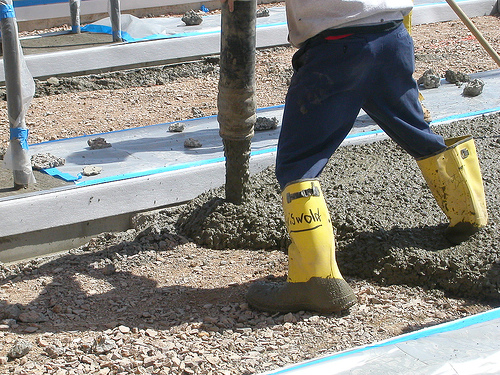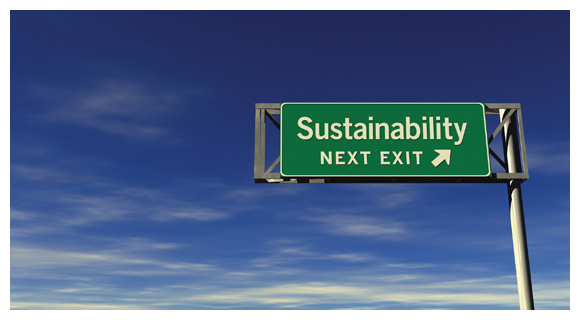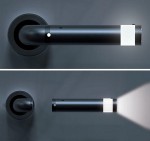 Home builders are taking an active role in trying to make homes more sustainable and lowering the carbon footprint of the structure by using local materials and technological advancements. What many people don’t realize however, is that the physical footprint of the building – the foundation – often has the largest carbon footprint associated with it.
Home builders are taking an active role in trying to make homes more sustainable and lowering the carbon footprint of the structure by using local materials and technological advancements. What many people don’t realize however, is that the physical footprint of the building – the foundation – often has the largest carbon footprint associated with it.
A common myth is that concrete is environmentally friendly already. It’s easy to see why from a homeowner’s perspective. It’s long lasting, durable, and often unseen in the finished product which falls into the category “out of sight, out of mind.”
In a nutshell, concrete is made from sand, gravel, cement, and water which sounds harmless enough, but cement is a huge greenhouse gas producer and all of the products in concrete have to be mined, refined, and transported.
Problems with Cement
Cement is the binding agent in concrete with the most common type being Portland cement. If you think this makes it “green” because it’s associated with the trendy capital city of Oregon then you made the same mistake I did. Portland cement was actually made in Britain in the 1820s and, as far as I know, isn’t directly associated with skinny jeans or mustaches.
Cement takes a tremendous amount of energy to produce, and the world demand for cement and concrete keeps rising exponentially as developing countries continue to expand their economies. Cement production is accredited with producing 5-10% of the total amount of carbon dioxide per year, and this could very well have gone up since the 2001 report. As a New York Times post reports, a major reason why cement is such a damaging chemical is that it is, for all extensive purposes, unrecyclable. New buildings, roads, or foundations all need new cement and concrete which fuels the additions of new cement plants, which in turn churn out more carbon dioxide and other harmful chemicals as well as adding to transportation costs.
The Solution
 As of yet there are no reasonable replacements for cement and concrete, but there are new practices and ways to produce cement that lowers the carbon dioxide emissions. Coal-burning power plants produce an immense amount of carbon dioxide and by-products that have to be disposed of in some way. Fly ash is one of the major by-products of coal-burning power plants and over 70 million tons of it was produced in 2005 alone, with over 40 million tons of the fly ash ending up in landfills.
As of yet there are no reasonable replacements for cement and concrete, but there are new practices and ways to produce cement that lowers the carbon dioxide emissions. Coal-burning power plants produce an immense amount of carbon dioxide and by-products that have to be disposed of in some way. Fly ash is one of the major by-products of coal-burning power plants and over 70 million tons of it was produced in 2005 alone, with over 40 million tons of the fly ash ending up in landfills.
I’m sure you can see where this is going. When mixed with lime and water, fly ash forms a binding agent very similar to Portland cement that can be used as a substitute within concrete. This not only reduces the amount of carbon dioxide emissions that come from producing cement, but it finds a use for the fly ash that would otherwise come to rest in landfills. The kicker is that there is more than enough concrete being produced yearly to use all of the fly ash by-product, but fly ash concrete is only slowly gaining ground as a viable option. A big reason for this is that on the world market, the US falls far behind concrete and cement production to developing economies found in China, Eastern Europe, and other countries that don’t recognize the negative effect that cement has on Earth’s climate.
While you won’t find concrete that utilizes fly ash outright, many concrete mixes found state side are beginning to mix fly ash and Portland cement within the concrete. The magic number is typically around 25% fly ash, but some mixes go higher. If you’re getting ready to pour on site or to mix your own concrete, call the distributor and find out what options they have for concrete that use fly ash to lower the overall carbon footprint of your home.
AUTHOR: Wade Myer has worked as a grunt, framer, grunt again, light equipment operator, and building inspector. Finally, he’s getting to write about his experiences on behalf of Steiner Homes who builds Valparaiso custom homes.
 10 Ways To Make Your Swimming Pool More Environmentally Friendly
10 Ways To Make Your Swimming Pool More Environmentally Friendly 6 Hot Trends in LED Lighting Décor
6 Hot Trends in LED Lighting Décor 8 Cool Decor Pieces to Veganize Your Home
8 Cool Decor Pieces to Veganize Your Home